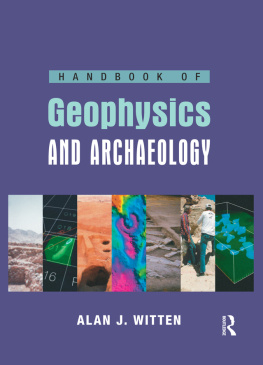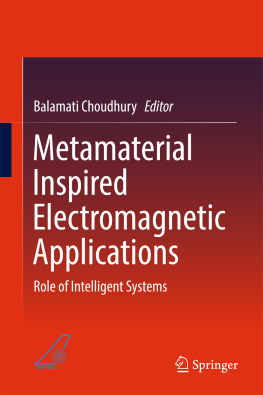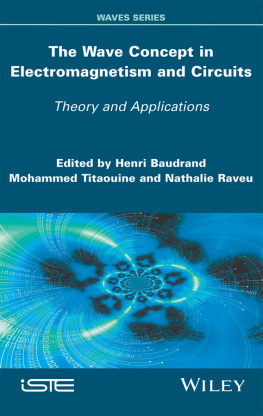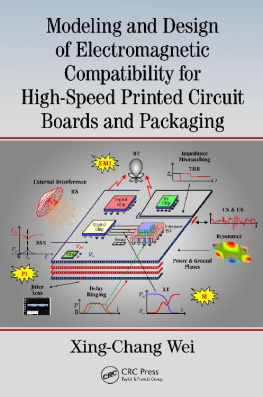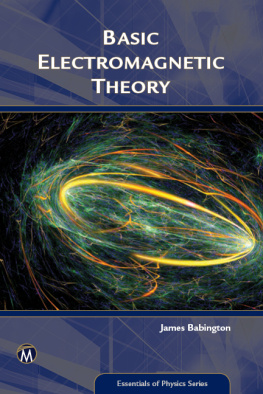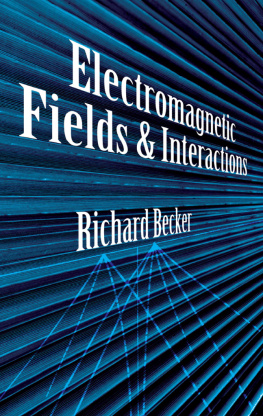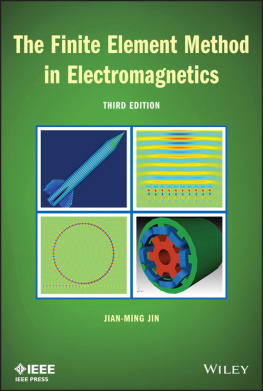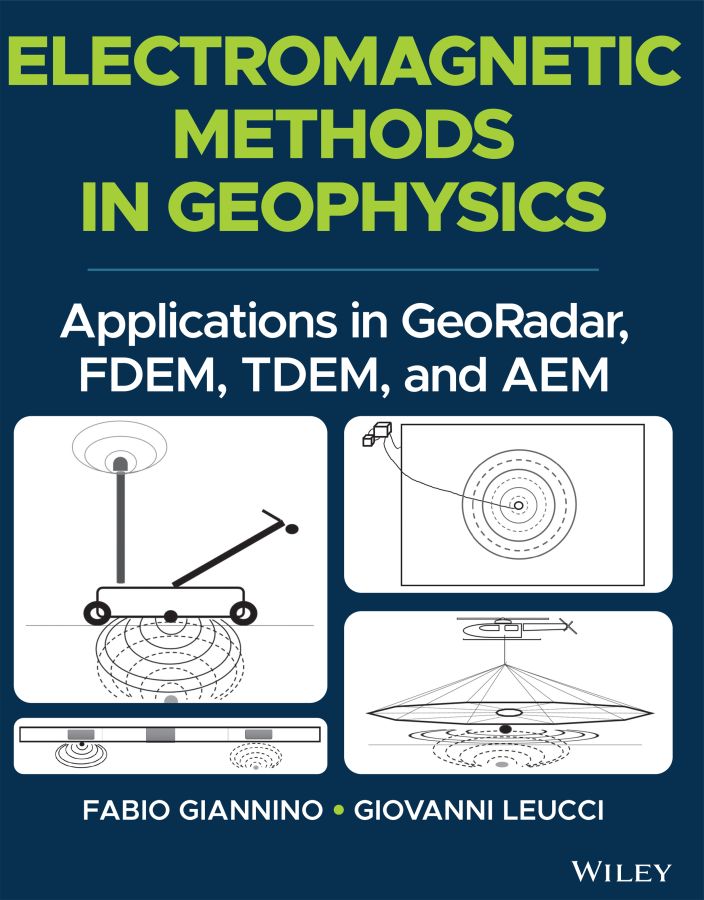Fabio Giannino - Electromagnetic Methods in Geophysics: Applications in GeoRadar, FDEM, TDEM, and AEM
Here you can read online Fabio Giannino - Electromagnetic Methods in Geophysics: Applications in GeoRadar, FDEM, TDEM, and AEM full text of the book (entire story) in english for free. Download pdf and epub, get meaning, cover and reviews about this ebook. year: 2021, publisher: Wiley, genre: Computer. Description of the work, (preface) as well as reviews are available. Best literature library LitArk.com created for fans of good reading and offers a wide selection of genres:
Romance novel
Science fiction
Adventure
Detective
Science
History
Home and family
Prose
Art
Politics
Computer
Non-fiction
Religion
Business
Children
Humor
Choose a favorite category and find really read worthwhile books. Enjoy immersion in the world of imagination, feel the emotions of the characters or learn something new for yourself, make an fascinating discovery.

- Book:Electromagnetic Methods in Geophysics: Applications in GeoRadar, FDEM, TDEM, and AEM
- Author:
- Publisher:Wiley
- Genre:
- Year:2021
- Rating:3 / 5
- Favourites:Add to favourites
- Your mark:
Electromagnetic Methods in Geophysics: Applications in GeoRadar, FDEM, TDEM, and AEM: summary, description and annotation
We offer to read an annotation, description, summary or preface (depends on what the author of the book "Electromagnetic Methods in Geophysics: Applications in GeoRadar, FDEM, TDEM, and AEM" wrote himself). If you haven't found the necessary information about the book — write in the comments, we will try to find it.
Discover the utility of four popular electromagnetic geophysical techniques
In GeoRadar, FDEM, TDEM, and AEM Methods, accomplished researchers Fabio Giannino and Giovanni Leucci deliver an in-depth exploration of the theory and application of four different electromagnetic geophysical techniques: ground penetrating radar, the frequency domain electromagnetic method, the time domain electromagnetic method, and the airborne electromagnetic method. The authors offer a full description of each technique as they relate to the economics, planning, and logistics of deploying each of them on-site.
The book also discusses the potential output of each method and how it can be combined with other sources of below- and above-ground information to create a digitized common point cloud containing a wide variety of data.
Giannino and Leucci rely on 25 years of professional experience in over 40 countries around the world to provide readers with a fulsome description of the optimal use of GPR, FDEM, TDEM, and AEM, demonstrating their flexibility and applicability to a wide variety of use cases.
Readers will also benefit from the inclusion of:
- A thorough introduction to electromagnetic theory, including the operative principles and theory of ground penetrating radar (GPR) and the frequency domain electromagnetic method (FDEM)
- An exploration of hardware architecture and surveying, including GPR, FDEM, time domain electromagnetic method (TDEM), and airborne electromagnetic (AEM) surveying
- A collection of case studies, including a multiple-geophysical archaeological GPR survey in Turkey and a UXO search in a building area in Italy using FDEM /li>
- Discussions of planning and mobilizing a campaign, the shipment and clearance of survey equipment, and managing the operative aspects of field activity
Perfect for forensic and archaeological geophysicists, GeoRadar, FDEM, TDEM, and AEM Methods will also earn a place in the libraries of anyone seeking a one-stop reference for the planning and deployment of GDR, FDEM, TDEM, and AEM surveying techniques.
Fabio Giannino: author's other books
Who wrote Electromagnetic Methods in Geophysics: Applications in GeoRadar, FDEM, TDEM, and AEM? Find out the surname, the name of the author of the book and a list of all author's works by series.

